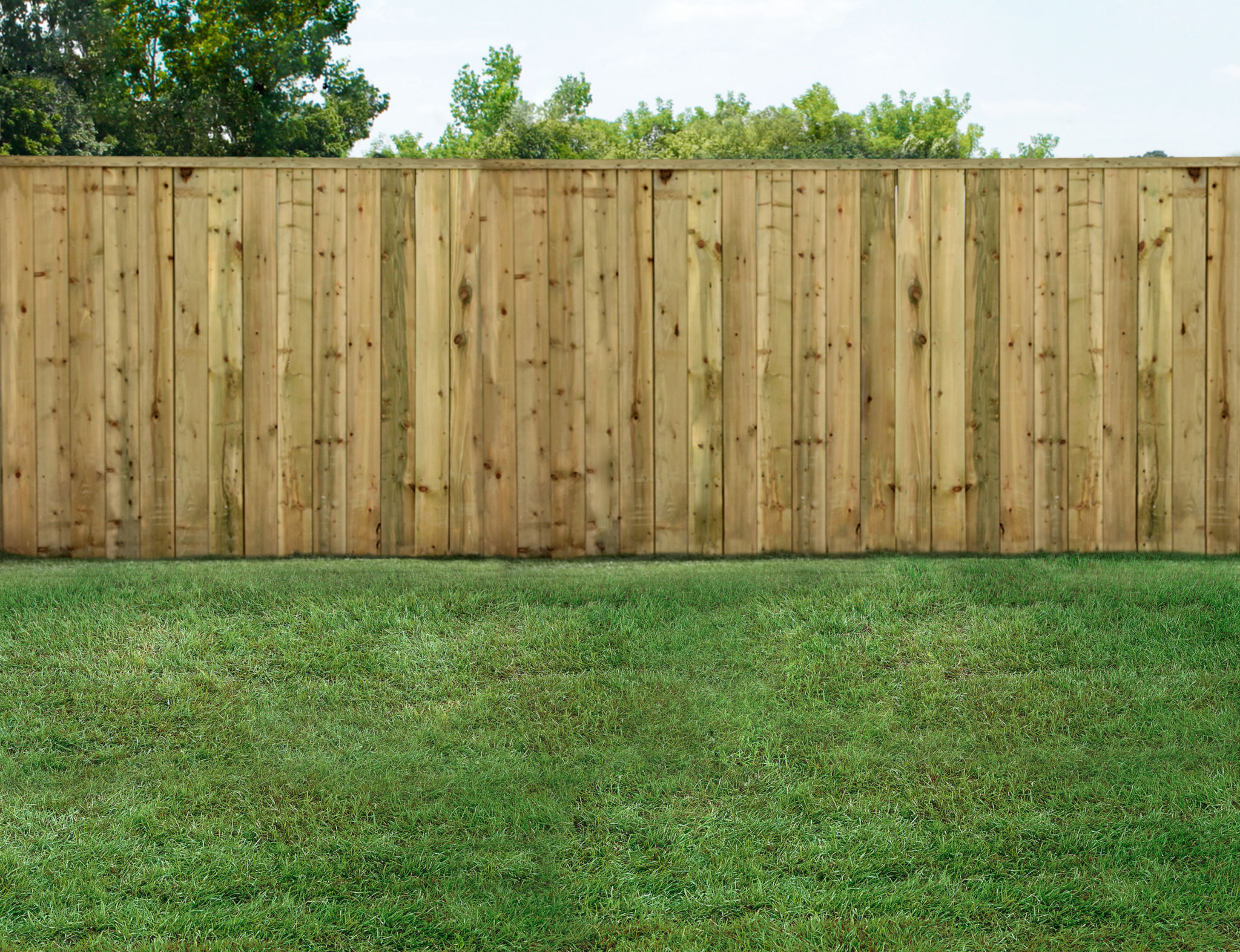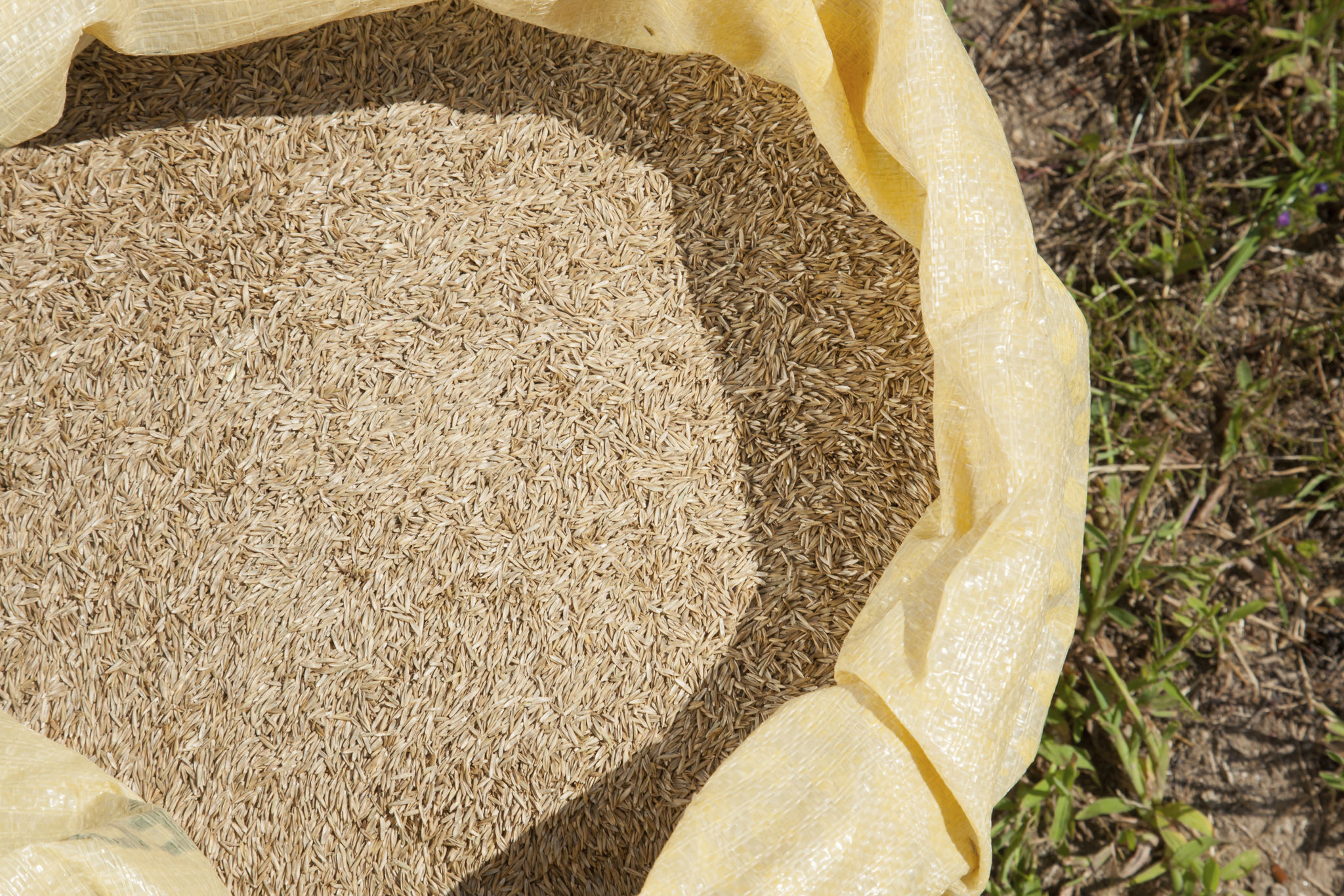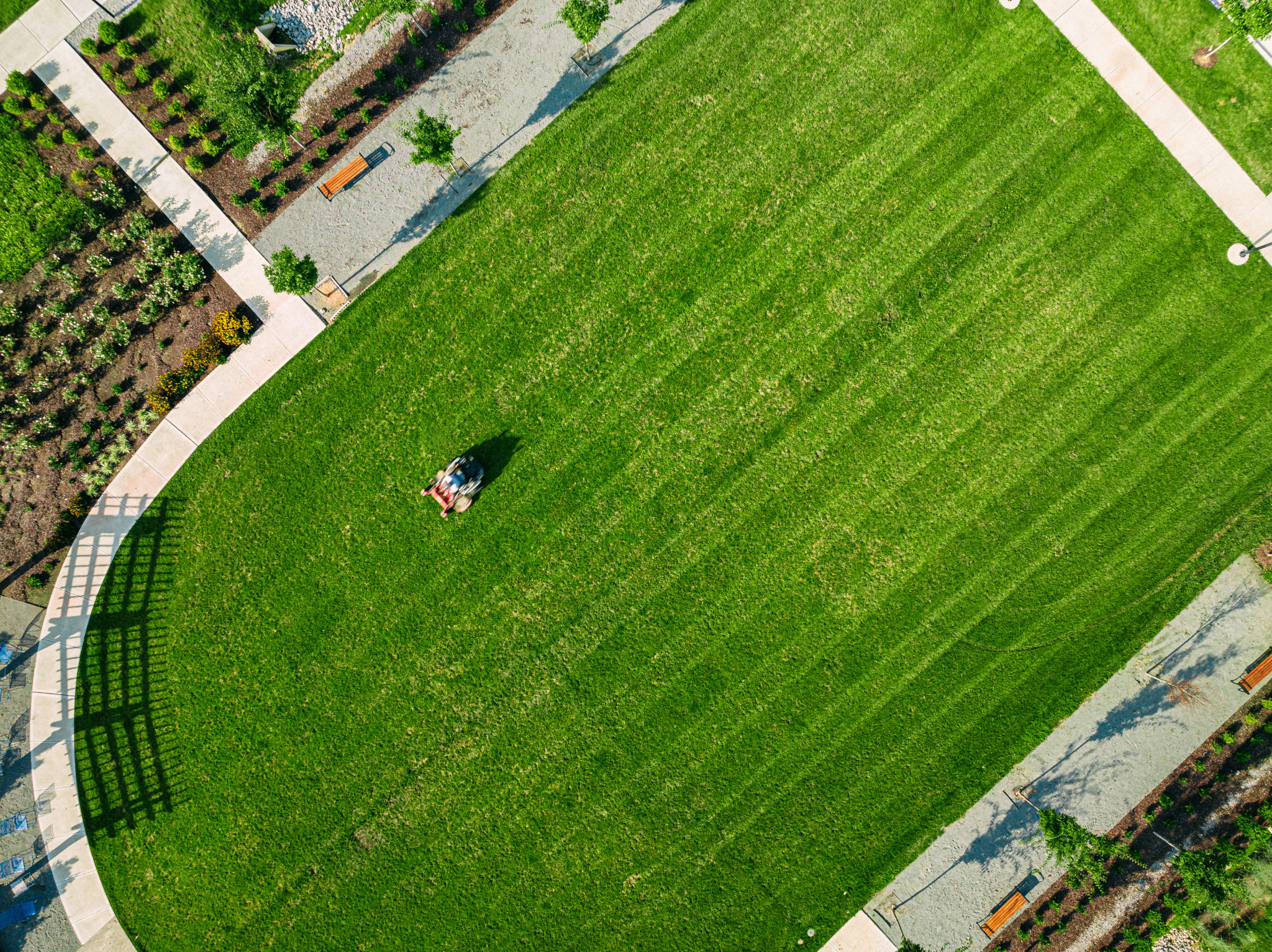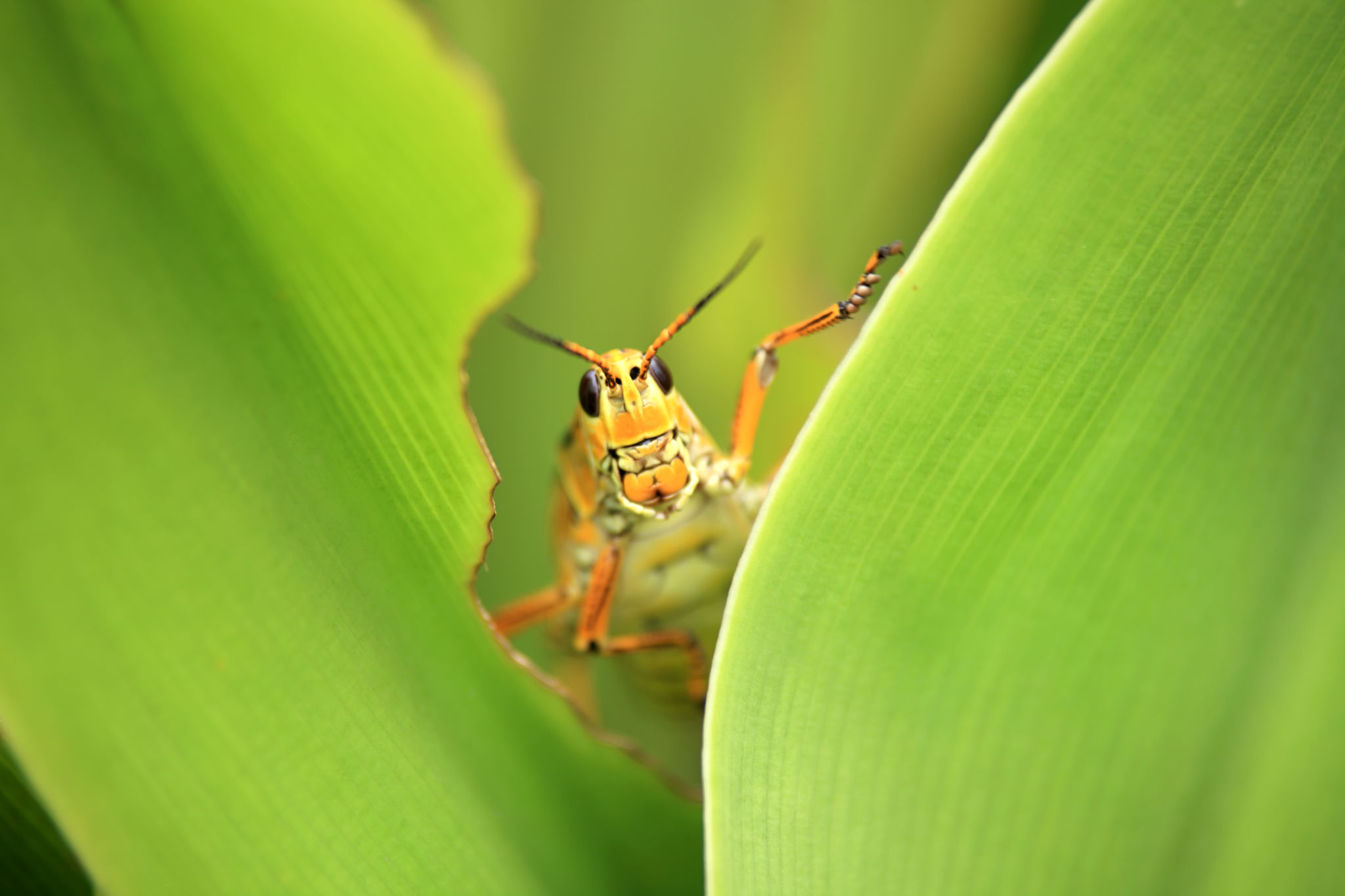Ultimate Guide to Lawn Care in Simcoe County
Understanding Your Lawn's Needs
Maintaining a lush, green lawn in Simcoe County requires understanding the unique climate and soil conditions of the area. The region experiences distinct seasonal changes, which can impact grass growth and health. It's essential to adapt your lawn care practices to these conditions to ensure a vibrant lawn year-round.

Soil Testing and Preparation
Before planting new grass or undertaking significant lawn care activities, conduct a soil test to determine its pH and nutrient levels. This information will guide you in choosing the right fertilizers and amendments. Generally, lawns in Simcoe County benefit from a slightly acidic to neutral pH. If necessary, adjust the soil with lime or sulfur to achieve the desired pH balance.
Choosing the Right Grass
Selecting the appropriate grass type is crucial for a healthy lawn. In Simcoe County, cool-season grasses such as Kentucky bluegrass, fescue, and perennial ryegrass thrive best. These grasses are well-suited for the climate and can withstand the cold winters and warm summers typical of the region.

Proper Watering Techniques
Watering is a critical aspect of lawn care, especially during the dry summer months. Aim to water your lawn deeply but infrequently to encourage deep root growth. The best time to water is early in the morning when evaporation rates are low. Avoid watering in the evening, as it can lead to fungal diseases.
Effective Mowing Practices
Mowing your lawn correctly can significantly impact its health and appearance. Regular mowing keeps your grass at the ideal height, which varies depending on the grass type but generally ranges from 2.5 to 3 inches for most cool-season grasses. Avoid cutting more than one-third of the grass height at a time to prevent stress.

Fertilization and Weed Control
Fertilizing your lawn provides it with essential nutrients that promote growth and resilience. In Simcoe County, it's best to fertilize in early spring and late fall when grass growth is most active. Additionally, implementing a weed control strategy will help keep unwanted plants at bay, maintaining your lawn's beauty.
Dealing with Pests and Diseases
Lawn pests and diseases, such as grubs and fungal infections, can pose significant challenges. Regular inspection of your lawn for signs of damage is crucial. If you identify any issues, consider using natural or chemical treatments appropriate for the problem while being mindful of environmental impact.

Aeration and Dethatching
Aerating your lawn helps alleviate soil compaction and allows water, air, and nutrients to reach the roots more effectively. Dethatching, on the other hand, removes excessive thatch buildup that can suffocate grass. Both processes should be done annually, preferably in spring or fall when grass is actively growing.
Seasonal Lawn Care Tips
Each season brings its own set of lawn care tasks. In spring, focus on cleaning up debris and applying pre-emergent weed controls. Summer requires diligent watering and mowing practices. Fall is ideal for fertilization and overseeding, while winter involves protecting your lawn from snow mold and salt damage by keeping pathways clear.

